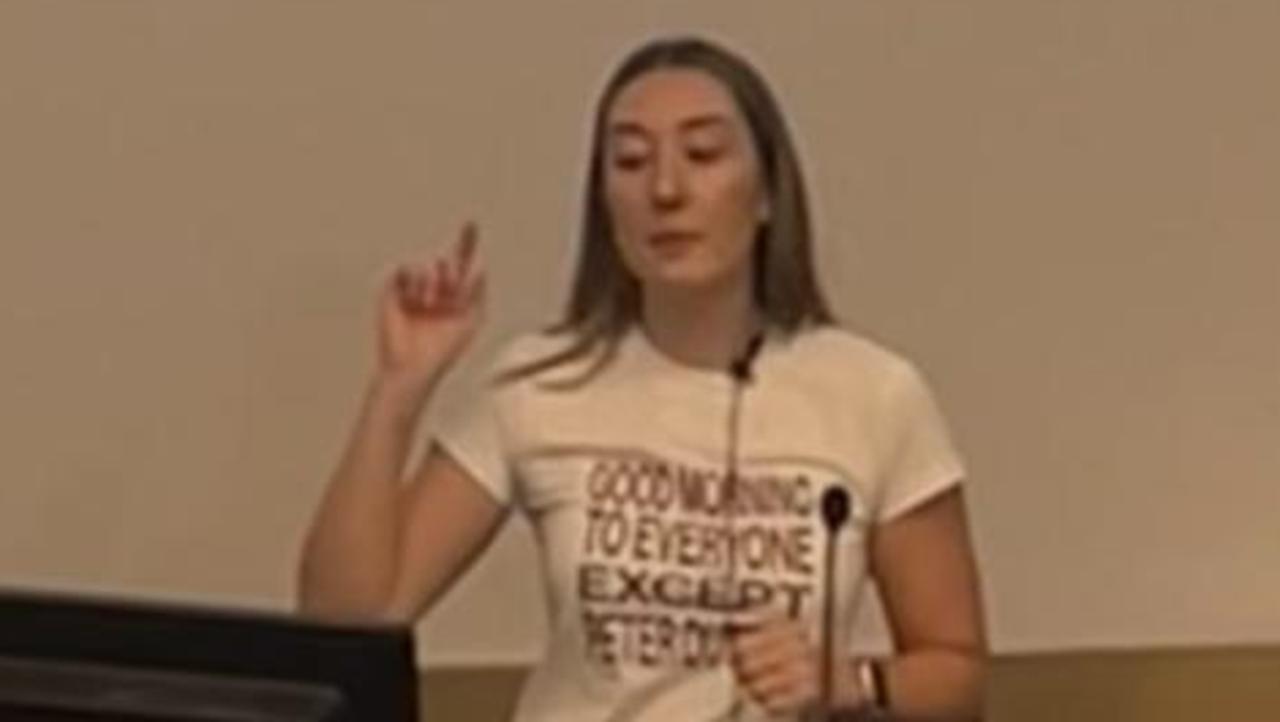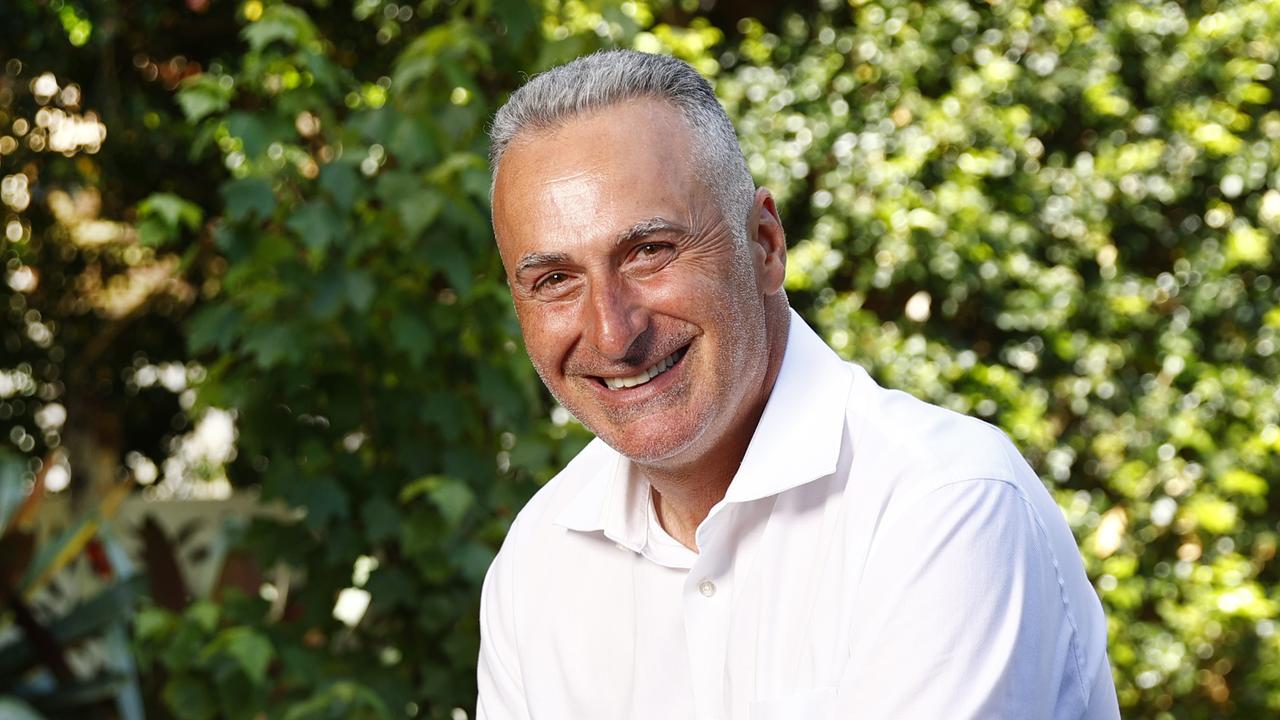George Pell case: the legal reasoning behind the High Court’s unanimous verdict
In their written conclusion, the seven judges of the High Court reveal how they came to their judgment in the Pell case.
It may be accepted that the Court of Appeal majority did not err in holding that A’s evidence of the first incident did not contain discrepancies, or display inadequacies, of such a character as to require the jury to have entertained a doubt as to guilt.
The likelihood of two choirboys in their gowns being able to slip away from the procession without detection; of finding altar wine in an unlocked cupboard; and of the applicant being able to manoeuvre his vestments to expose his penis are considerations that may be put to one side.
It remains that the evidence of witnesses, whose honesty was not in question, (i) placed the applicant on the steps of the cathedral for at least 10 minutes after Mass on 15 and 22 December 1996; (ii) placed him in the company of Portelli when he returned to the priests’ sacristy to remove his vestments; and (iii) described continuous traffic into and out of the priests’ sacristy for ten to 15 minutes after the altar servers completed their bows to the crucifix.
Upon the assumption that the jury assessed A’s evidence as thoroughly credible and reliable, the issue for the Court of Appeal was whether the compounding improbabilities caused by the unchallenged evidence summarised in (i), (ii) and (iii) above nonetheless required the jury, acting rationally, to have entertained a doubt as to the applicant’s guilt.
Plainly they did. Making full allowance for the advantages enjoyed by the jury, there is a significant possibility in relation to charges one to four that an innocent person has been convicted.
The second incident
It will be recalled that the second incident is alleged to have occurred after Sunday solemn Mass on an occasion on which there was an internal procession through the sacristy corridor. A agreed that he, as one of the younger boys, would have been towards the front of the procession as it made its way through the sacristy corridor, with the older choristers, including some adults, behind him. They were all rushing to get back to the choir’s robing room when the second incident occurred.
The applicant appeared and shoved A against the wall and squeezed his genitals, causing pain, although he did not know if he had called out.
The defence contended at trial that the notion that the applicant — a tall, imposing figure in his archbishop’s robes — might assault a young choirboy in the presence of a number of choristers, including several adults, bordered on the fanciful.
The Court of Appeal majority accepted that the sight of the applicant at close quarters with a choirboy might well have attracted attention. However, their Honours reasoned that the others in the corridor were intent on completing the procession and removing their robes as soon as possible. In this state of affairs, their Honours assessed that it was quite possible that the brief encounter went unnoticed. At all events, their Honours said, “the evidence once again falls well short of establishing impossibility”.
Weinberg JA considered that, had the second incident occurred in the way A described it, it was highly unlikely that none of the many persons present would have seen what was happening or reported it in some way. His Honour concluded that it was not open to the jury to be satisfied beyond reasonable doubt of the applicant’s guilt of the offence charged in the second incident.
The assumption that a group of choristers, including adults, might have been so preoccupied with making their way to the robing room as to fail to notice the extraordinary sight of the Archbishop of Melbourne dressed “in his full regalia” advancing through the procession and pinning a 13-year-old boy to the wall, is a large one. The failure to make any formal report of such an incident, had it occurred, may be another matter.
It is unnecessary to decide whether A’s description of the second incident so strains credulity as to necessitate that the jury, who saw and heard him give the evidence, ought to have entertained a reasonable doubt as to its occurrence.
The capacity of the evidence to support the verdict on this charge suffers from the same deficiency as the evidence of the assaults involved in the first incident.
Portelli gave unchallenged evidence of his recall of being with the applicant at solemn Mass on 23 February 1997. Portelli recalled that this was an unusual occasion because Father Egan was the celebrant. The protocol remained that the applicant as the most senior person was last as the procession processed down the centre aisle of the cathedral.
The unchallenged evidence of the applicant’s invariable practice of greeting congregants after Sunday solemn Mass, and the unchallenged evidence of the requirement under Catholic Church practice that the applicant always be accompanied when in the cathedral, were inconsistent with acceptance of A’s evidence of the second incident.
It was evidence which ought to have caused the jury, acting rationally, to entertain a doubt as to the applicant’s guilt of the offence charged in the second incident. In relation to charge five, again making full allowance for the jury’s advantage, there is a significant possibility that an innocent person has been convicted.
This conclusion makes it unnecessary to consider whether the respondent’s concession, that if the verdicts in relation to the offences charged in the first incident are unreasonable or cannot be supported by the evidence then it follows that the same conclusion should be reached in relation to the verdict concerning the offence charged in the second incident, amounts to a mode of reasoning that contravenes ss 44F and 44G of the Jury Directions Act.


